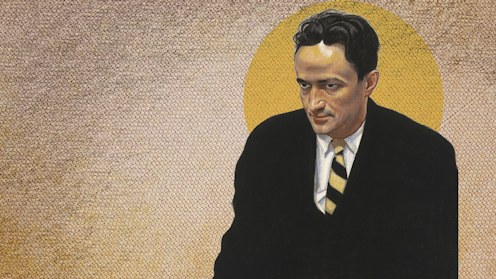the 'everlasting song' that defined the Harlem Renaissance
- Written by Tamlyn Avery, Lecturer in American Studies, The University of Queensland

Renowned for its experimental style and provocative depictions of 20th century US race relations, Jean Toomer’s Cane (1923) remains the great enigma of African American literary modernism.
The novel interweaves the stories of multiple characters’ lives in southern and northern communities during the post-slavery “Jim Crow” era. It both reflected and was the product of the extraordinary cultural transformations that occurred as millions of African Americans migrated from the deep south to northern cities such as New York, an exodus later called the Great Migration.
Cane would play a crucial role in shaping the artistic ethos of the Harlem Renaissance (c.1919–1936), the cultural revolution that resulted from that south-to-north traffic.
Toomer had lived among urban and rural Black, white and Jewish communities in Georgia, Washington DC, New York, and elsewhere. He felt compelled to write about his diverse experiences after he revisited the deep south in 1922.

















